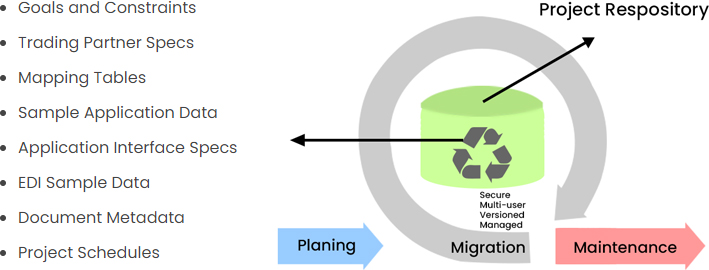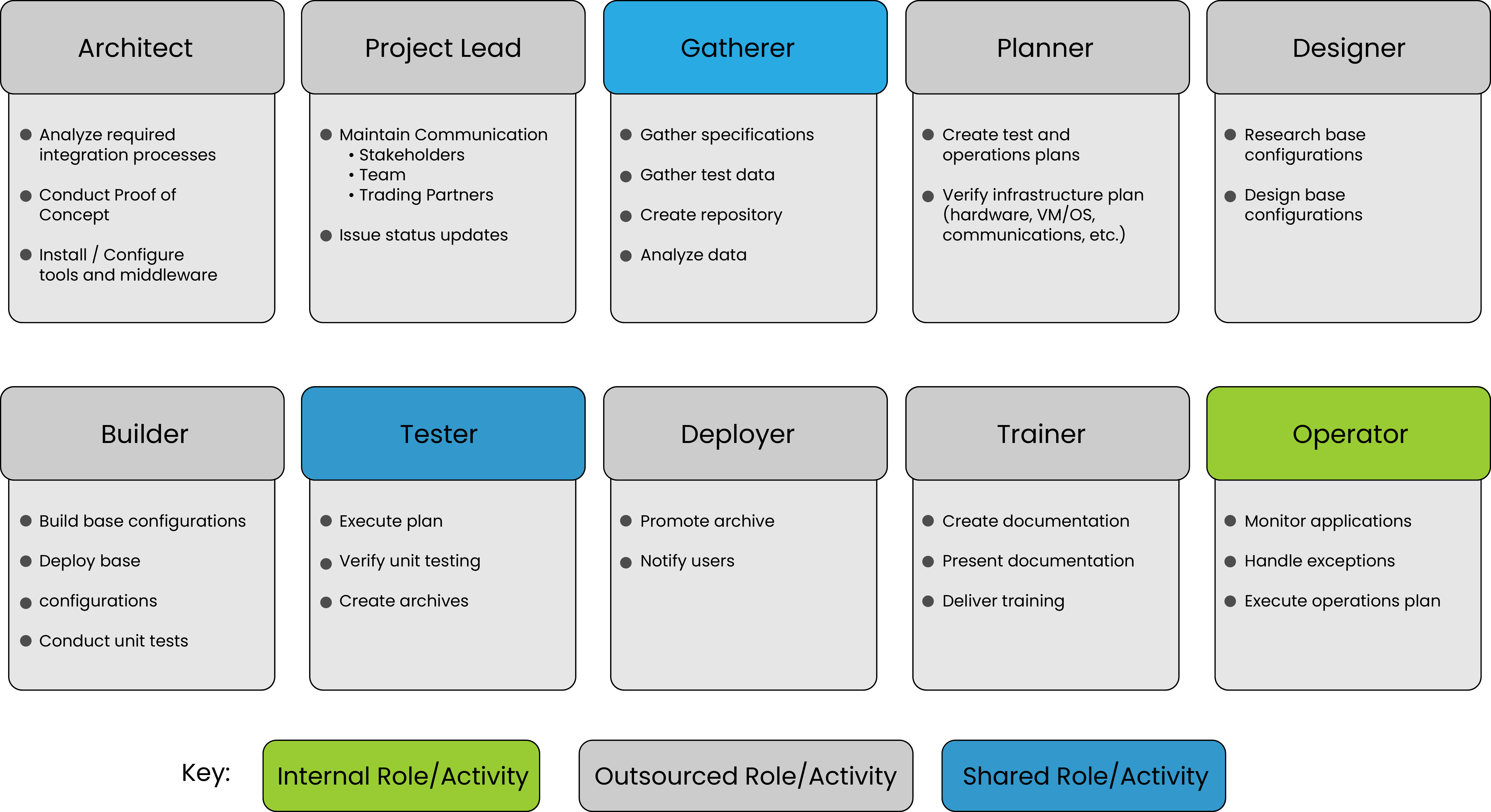Electronic data interchange (EDI) Solutions
Modern EDI is the result of many years of changes in business-to-business (B2B) trading practices and technologies. B2B changes usually arise organically. A single influential business that mandates trading partner use of a new document standard or communication protocol frequently triggers broader adoption within or even between markets. As a result of many such adoption cycles, businesses are finding that the EDI solutions they put in place years ago are no longer capable of meeting their requirements for trading partner integration. Classic EDI remains essential, but it’s no longer good enough, by itself.
Modern EDI isn’t a new kind of technology or EDI product category. Rather, it’s an integrated set of capabilities that can be delivered in different ways. You can acquire modern EDI capabilities using on-premise middleware, cloud services, Integration-as-a-Service, or a combination. And the benefits of doing so are compelling. Businesses that invest in modern EDI capabilities are more agile, more scalable and efficient, and easier to do business with.
It is possible to realize some modern EDI benefits without wholesale replacement of your current EDI system. But realizing the full benefit of Modern EDI ultimately requires migration of existing EDI infrastructure, implementation assets, and processes. Just as there is no one modern EDI solution approach, there is no singular prescription for EDI modernization project success. But there are proven best practices that can reduce risk and make it easier to achieve your EDI modernization goals.


